Home>Home Appliances>Laundry Appliances>How To Turn On A Washing Machine


Laundry Appliances
How To Turn On A Washing Machine
Modified: March 2, 2024
Learn how to turn on a washing machine and master the basics of laundry appliances. Discover simple steps for operating your washing machine efficiently.
(Many of the links in this article redirect to a specific reviewed product. Your purchase of these products through affiliate links helps to generate commission for Storables.com, at no extra cost. Learn more)
Understanding the Control Panel
The control panel of a washing machine may seem daunting at first glance, with its array of buttons, dials, and symbols. However, once you understand the functions of each component, operating the machine becomes a breeze. Let's delve into the key elements of the control panel and their respective functions.
-
Power Button: This button is typically located at the top left or right of the control panel. Pressing it activates the washing machine, illuminating the display and enabling you to proceed with the wash cycle.
-
Cycle Selector: Positioned prominently on the control panel, the cycle selector allows you to choose the type of wash cycle you desire. Common options include "Normal," "Delicate," "Quick Wash," and "Heavy Duty." Each setting is tailored to specific fabric types and soil levels, ensuring optimal cleaning results.
-
Temperature Control: Adjacent to the cycle selector, the temperature control feature empowers you to adjust the water temperature for the selected cycle. Options typically include "Hot," "Warm," and "Cold," catering to diverse laundry needs and fabric care requirements.
-
Spin Speed: This setting determines the speed at which the washing machine's drum rotates during the spin cycle. It is crucial for controlling the moisture content in the clothes post-wash. Options often range from "High" for heavier items to "Low" for delicate fabrics.
-
Additional Options: Many modern washing machines offer supplementary settings such as "Pre-Wash," "Extra Rinse," and "Soak," which can be activated to address specific cleaning challenges or enhance the washing process.
-
Display Panel: The display panel provides essential information such as the selected cycle, remaining wash time, and any relevant alerts or error codes. It serves as a visual guide throughout the washing process, keeping you informed about the machine's status.
Understanding the control panel of your washing machine is pivotal for achieving optimal cleaning results and prolonging the lifespan of your garments. By familiarizing yourself with these key components and their functions, you can confidently navigate the control panel to tailor each wash cycle to your specific laundry requirements.
Key Takeaways:
- Master your washing machine’s control panel to customize wash cycles and achieve optimal cleaning results for different fabric types and soil levels.
- Properly load your washing machine, select the right wash cycle, and add detergent and fabric softener to ensure effective cleaning and fabric care.
Read more: How To Turn Off Water To Washer
Loading the Washing Machine
Loading the washing machine is the initial step in the laundry process, and it sets the foundation for effective cleaning. Properly loading the machine ensures that the garments are thoroughly washed while minimizing wear and tear. Here's a detailed guide on how to load your washing machine for optimal results:
-
Sort the Laundry: Before loading the washing machine, it's essential to sort the laundry based on color, fabric type, and level of soiling. This practice prevents color bleeding and ensures that delicate items are not subjected to harsh washing conditions.
-
Check for Stains: Inspect the garments for any visible stains or spots. Pre-treat these areas with a suitable stain remover or detergent to enhance the chances of complete stain removal during the wash cycle.
-
Load Capacity: It's crucial to adhere to the recommended load capacity of the washing machine. Overloading the machine can lead to ineffective cleaning, while underloading may result in excessive wear on the garments. Refer to the manufacturer's guidelines to determine the appropriate load size for your specific machine.
-
Balance the Load: Distribute the garments evenly within the drum to maintain balance during the wash cycle. Unevenly distributed items can cause the machine to vibrate excessively, potentially leading to operational issues.
-
Close Zippers and Fasten Buttons: Ensure that all zippers are closed, and buttons are fastened before loading the garments into the machine. This precaution prevents items from getting entangled or causing damage to other clothing during the wash cycle.
-
Delicate Items: For delicate fabrics such as lace, silk, or lingerie, consider placing them in a mesh laundry bag to provide an extra layer of protection during the washing process.
-
Add Laundry Detergent: Once the garments are loaded, add the appropriate amount of laundry detergent based on the load size and soil level. Be mindful of using the correct type of detergent for the fabric and garment color to maintain their quality.
By following these steps, you can ensure that your washing machine is loaded efficiently, setting the stage for a thorough and effective cleaning process. Proper loading not only enhances the washing results but also contributes to the longevity of your clothing, allowing you to enjoy them for an extended period.
Selecting the Wash Cycle
Selecting the appropriate wash cycle is a crucial step in ensuring that your laundry receives the optimal treatment for effective cleaning while preserving the fabric integrity. Modern washing machines offer a diverse range of wash cycles, each tailored to specific fabric types, soil levels, and cleaning requirements. Understanding the various wash cycles and their respective functions empowers you to make informed decisions when customizing the washing process for different types of garments.
Understanding Wash Cycle Options
-
Normal Wash: This cycle is designed for regular, sturdy fabrics such as cotton, linen, and durable synthetics. It involves a standard agitation and spin pattern, effectively removing everyday dirt and grime from the garments.
-
Delicate or Gentle Wash: Ideal for delicate fabrics like silk, lace, and lingerie, this cycle employs a gentle washing motion to prevent damage to fragile materials while ensuring thorough cleaning.
-
Quick Wash: When time is of the essence and lightly soiled items need a rapid refresh, the quick wash cycle comes to the rescue. It provides a swift yet efficient cleaning process, making it suitable for lightly worn or less soiled garments.
-
Heavy Duty or Bulky Items: For heavily soiled items or bulky fabrics such as towels, bedding, and heavily soiled clothing, the heavy-duty cycle offers robust cleaning action and extended wash times to tackle stubborn stains and dirt.
-
Permanent Press: This cycle is tailored for wrinkle-resistant and synthetic fabrics, utilizing a gentle agitation pattern and reduced spin speed to minimize wrinkles and creases, preserving the garment's appearance.
-
Whites or Brights: Specifically designed to maintain the vibrancy of white or brightly colored garments, this cycle incorporates higher water temperatures and vigorous agitation to lift tough stains and maintain the brightness of the fabrics.
Customizing the Wash Cycle
In addition to the predefined wash cycles, many washing machines offer customizable options to further tailor the cleaning process:
-
Water Temperature: Depending on the fabric type and soil level, adjusting the water temperature can significantly impact the cleaning outcome. Hot water is effective for sanitizing and removing tough stains, while cold water is gentle on delicate fabrics and helps preserve colors.
-
Soil Level Selection: Some machines allow you to specify the soil level of the load, enabling the washer to adjust the wash intensity accordingly. This feature is particularly useful for heavily soiled items that require a more vigorous cleaning approach.
-
Extra Rinse or Pre-Wash: These supplementary options can be activated to provide an additional rinse cycle or a pre-soak phase, enhancing the overall cleaning performance for heavily soiled or stained garments.
By familiarizing yourself with the available wash cycles and customizing options, you can optimize the washing process for different types of laundry, ensuring thorough cleaning while safeguarding the quality and longevity of your garments. Selecting the appropriate wash cycle is a proactive step towards maintaining the pristine condition of your clothing, allowing you to enjoy their freshness and comfort with every wash.
Read more: How To Turn Water Off To A Washing Machine
Adding Detergent and Fabric Softener
The process of adding detergent and fabric softener to your washing machine is a pivotal step in achieving clean, fresh-smelling laundry. By understanding the appropriate usage of these laundry products, you can optimize the cleaning process while preserving the quality of your garments.
Detergent Selection
Selecting the right detergent is essential for effective cleaning. Consider the following factors when choosing a detergent:
- Fabric Type: Different fabrics require specific detergents to maintain their integrity. For instance, delicate fabrics such as silk and wool necessitate gentle, mild detergents, while sturdy materials like cotton and denim can withstand more robust cleaning agents.
- Soil Level: The degree of soiling on your garments influences the type of detergent needed. For heavily soiled items, a powerful, stain-fighting detergent is recommended, while lightly soiled or delicate fabrics benefit from milder formulations.
- Special Requirements: Certain laundry detergents are formulated to address specific needs, such as color protection, hypoallergenic properties, or eco-friendly attributes. Assessing these additional features can help you tailor the cleaning process to your preferences and laundry requirements.
Adding Detergent
Follow these steps to add detergent to your washing machine effectively:
- Read the Guidelines: Refer to the manufacturer's instructions on the detergent packaging to determine the recommended amount for your specific load size and soil level. Adhering to the prescribed dosage ensures optimal cleaning results while preventing detergent residue on the garments.
- Load the Detergent Dispenser: Most modern washing machines are equipped with detergent dispensers or trays designed to hold the detergent until it is released into the wash cycle. Pour the designated amount of detergent into the appropriate compartment, following any specific instructions for pre-wash or main wash compartments.
- Avoid Overloading: While it may be tempting to add extra detergent for heavily soiled loads, exceeding the recommended dosage can lead to soap buildup and ineffective rinsing, potentially causing skin irritation and damaging the washing machine.
Fabric Softener Application
Fabric softener contributes to the overall freshness and softness of your laundry. Here's how to incorporate fabric softener into your washing routine:
- Dispenser Usage: Many washing machines feature a dedicated compartment for fabric softener. Pour the recommended amount of fabric softener into the designated dispenser, typically located next to the detergent tray.
- Timing Consideration: Some machines offer options for when the fabric softener is dispensed, allowing you to customize the moment it is released during the wash cycle. This feature ensures that the softening agent interacts with the garments at the optimal stage, enhancing the softness and fragrance of the laundry.
By mastering the art of adding detergent and fabric softener to your washing machine, you can elevate the cleanliness and freshness of your laundry while safeguarding the fabric quality. Understanding the nuances of detergent selection, proper dosage, and fabric softener application empowers you to achieve impeccable cleaning results with every wash.
Read more: How To Turn Off Samsung Washer Song
Starting the Washing Machine
Once you have loaded the washing machine, selected the appropriate wash cycle, and added the necessary detergent and fabric softener, it's time to initiate the washing process. Starting the washing machine is a straightforward yet crucial step that sets the cleaning cycle into motion, ensuring that your laundry receives the meticulous care it deserves.
To commence the washing machine, follow these simple steps:
-
Close the Door or Lid: Before initiating the wash cycle, ensure that the washing machine's door or lid is securely closed. This step is essential for maintaining the internal temperature and water containment throughout the cleaning process.
-
Select the Desired Cycle: If your washing machine features a digital display or manual dial for cycle selection, confirm that the appropriate wash cycle has been chosen based on the fabric type, soil level, and laundry requirements. Verify that any customizable options, such as water temperature and soil level settings, align with your preferences.
-
Adjust Additional Settings: If your machine offers supplementary settings such as extra rinse, pre-wash, or soak options, consider activating these features based on the specific needs of your laundry load. These customizable settings can enhance the cleaning performance and address unique cleaning challenges.
-
Initiate the Cycle: Once you have confirmed the selected cycle and any additional settings, it's time to start the washing machine. Depending on the model, this may involve pressing a dedicated "Start" button, engaging a digital touchpad, or turning a manual dial to commence the wash cycle.
-
Monitor the Progress: As the washing machine begins its operation, take note of the estimated cycle duration displayed on the control panel. This information allows you to plan your time effectively and attend to other tasks while the machine diligently cleans your laundry.
-
Avoid Interruptions: Once the washing machine is in motion, refrain from opening the door or interrupting the cycle unless absolutely necessary. Unnecessary interruptions can disrupt the cleaning process and compromise the overall effectiveness of the wash cycle.
By following these steps, you can confidently initiate the washing machine, setting the stage for a thorough and efficient cleaning process. Starting the washing machine marks the transition from preparation to action, signaling the beginning of a meticulous cleaning journey that culminates in fresh, revitalized laundry ready to embrace the day ahead.
Frequently Asked Questions about How To Turn On A Washing Machine
Was this page helpful?
At Storables.com, we guarantee accurate and reliable information. Our content, validated by Expert Board Contributors, is crafted following stringent Editorial Policies. We're committed to providing you with well-researched, expert-backed insights for all your informational needs.
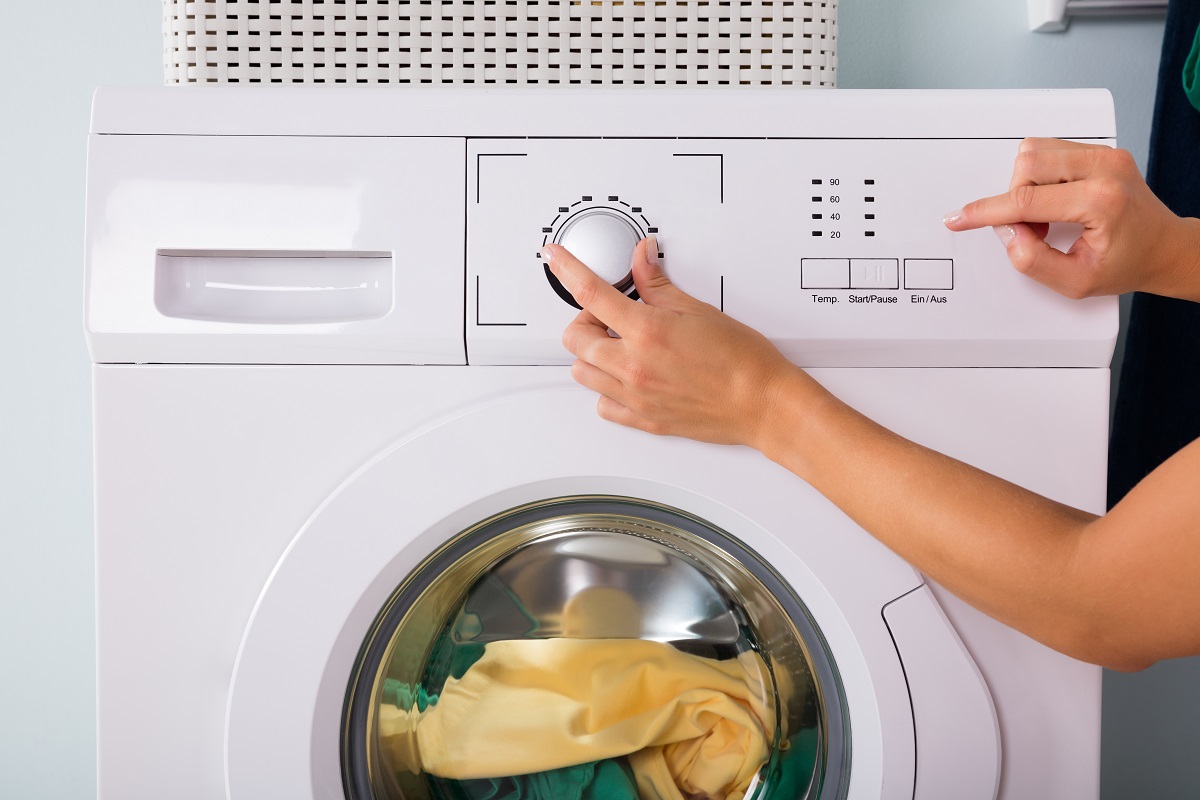


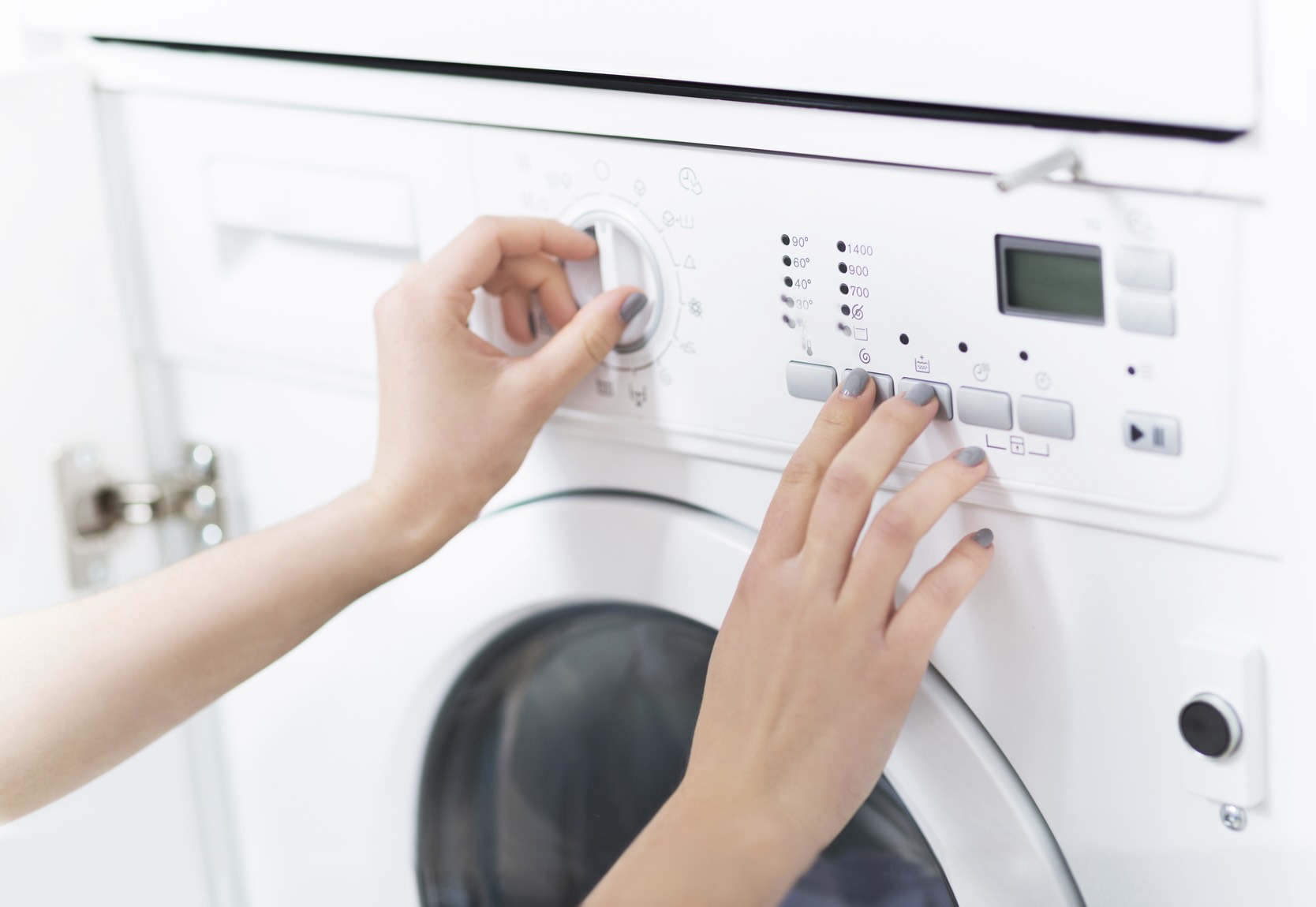


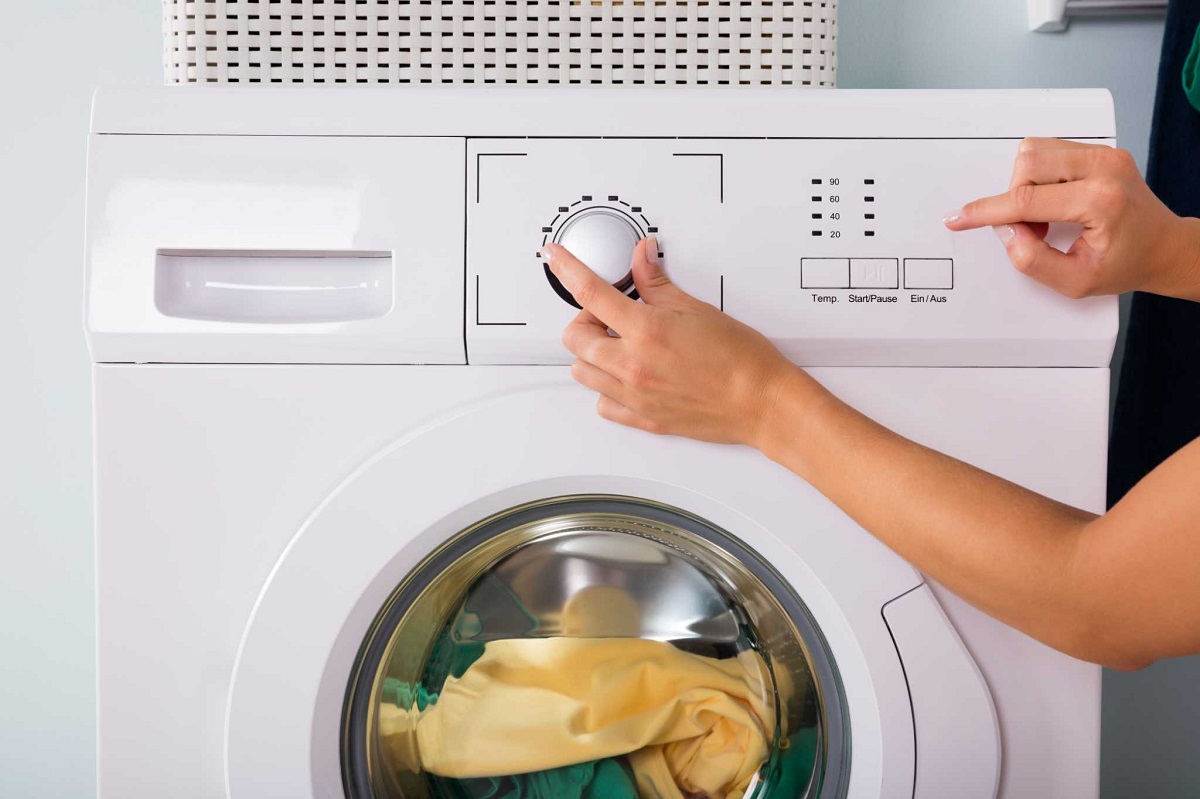
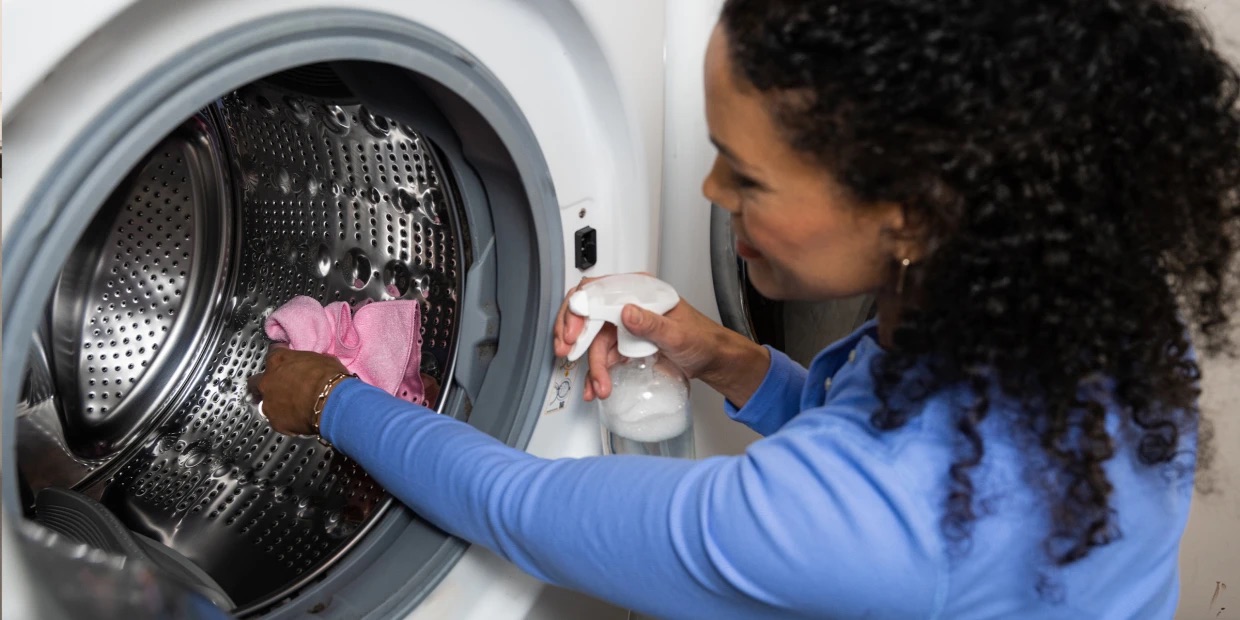



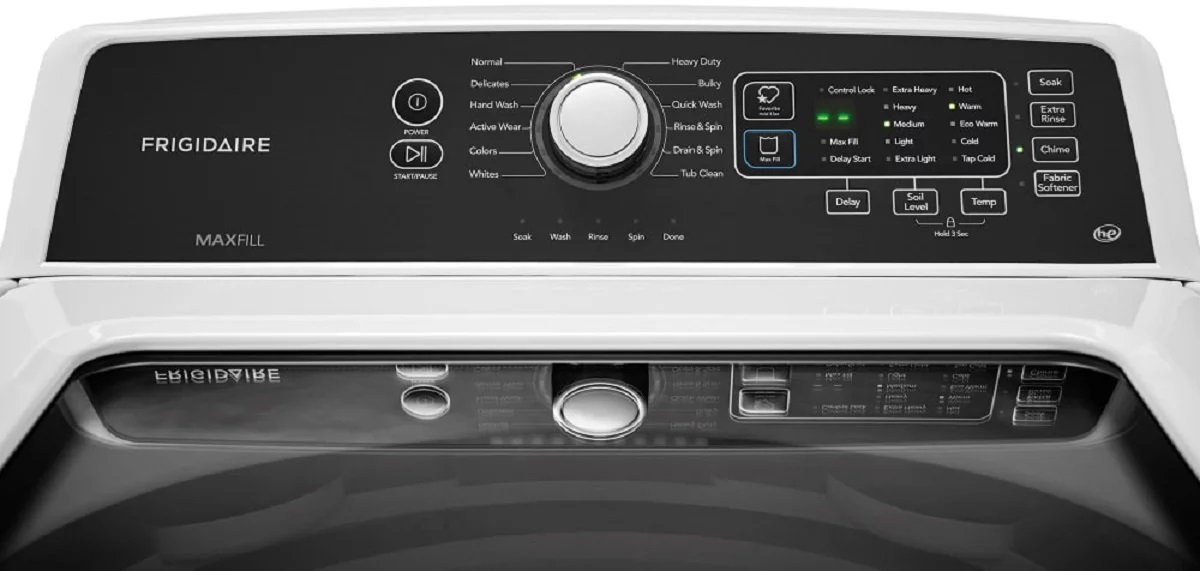


0 thoughts on “How To Turn On A Washing Machine”